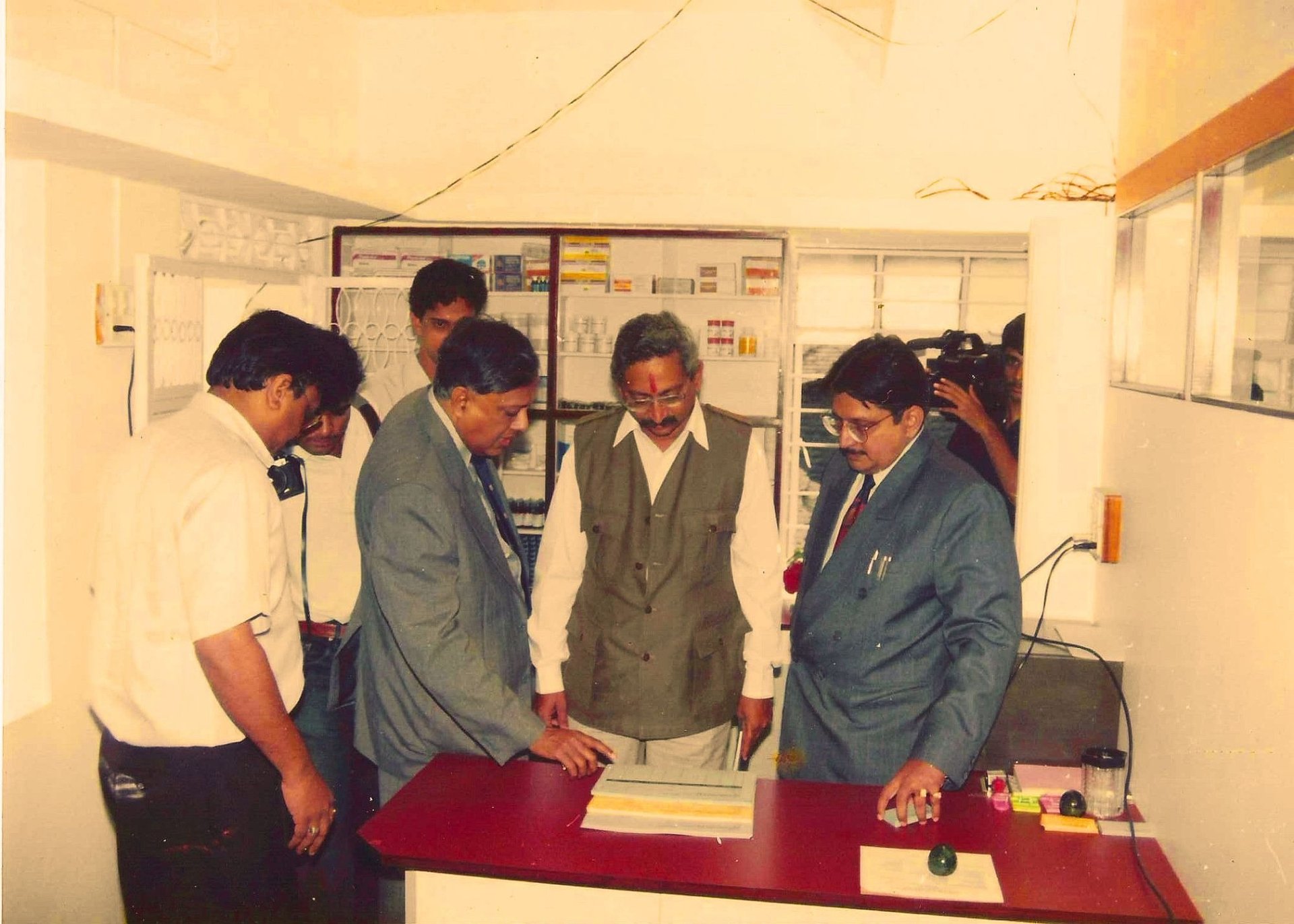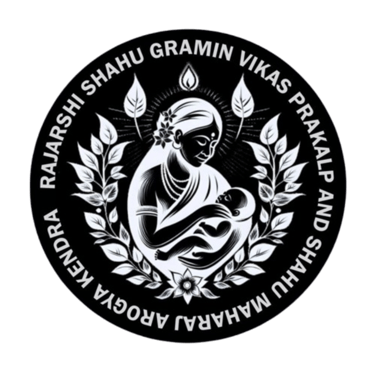
It started in Radhanagari, a small town in Maharashtra...
Inspiration
Rajarshi Shahu Grameen Vikas Prakalp (RSGVP) was inspired by the pioneering social upliftment work done by Chatrapati Shahu Maharaj of Maharashtra almost 150 years ago. He was a visionary, far ahead of his time, who was bold enough to break the shackles of cruel caste ridden society and all its evils. He brought commerce and wealth to the state and established social justice - uplifting socially as well commercially, his socially outcast subjects. Radhanagari and its surroundings in the Kolhapur district was his favorite retreat.
Early Days (1996-1997)
INDAL, now HINDALCO of Aditya Biral Group (since 2005), had a major mining industry in the region of Radhnagari. Being a socially responsible corporate house, it undertook many rural development schemes in the region, such as providing clean and safe piped drinking water for the inhabitants of Radhanagari, development of women empowerment schemes by training and assisting women groups to develop entrepreneurial projects, developing and helping the shepherd community in establishing co-operative dairy development etc.
It now wanted to develop a meaningful and sustainable health care project and entrusted Health Care International (HCI), an organization set up by Dr. Gautam Sen, consisting of eminent medical professionals as its core members, to carry out a study of the region and suggest what facility needed to be developed on a priority basis. HCI carried out an extensive study of the difficult terrain and its inhabitants, carrying out group discussions with women folk in various villages, village council members (Panchayat) and tried to establish their immediate health care needs and prioritize them.
It was established that there was no meaningful primary care facility in the entire region comprising of 60 km radius of hilly terrain, and that one had to travel on foot 10-15 kms to catch a ST Bus on highway, which would take them to Kolhapur some 65 kms away, even for a simple ailment of fever, cold and cough and like. There was no X-Ray facility, no pathological lab, nor even a small clinic where simple treatment could be given for cuts, vaccination or even IV fluids for severe dehydration. A rural government hospital in the region was largely nonfunctional, with equipments rotting and doctors mainly interested in private practice.
Formation of RSGVP and SMA Kendra
After establishing the need, and getting the feedback, it was recommended to INDAL, to set up a Primary Health Care Facility, with a basic medical consultation facility, pathology laboratory, basic X- Ray facility, treatment room for basic routine treatment like dressing of wounds, giving IV Fluids to those who need it, suturing facility for cuts etc. and an oxygen facility for emergency treatment. INDAL was asked to provide the capital cost to set up the Clinic and also to provide its running cost, not depending upon the modest receivables from the Registration Fees. The Project report prepared by HCI indicated the capital cost and revenue expenditure. INDAL readily agreed to set up such a Primary Care Facility for a capital cost of 15 Lakhs, and to provide monthly running expenditure not exceeding Rs 65,000. It also asked HCI to take up full responsibility of running the Clinic on a day to day basis. HCI agreed and established the clinic (Shahu Maharaj Arogya Kendra).
Since the receivers of the facility were also paying for the Clinic at their doorstep albeit in most subsidized way, the bank balance had a tidy sum. To protect from Income Tax and since Indal was not interested, in 2006 RSGVP and SMA Kendra were registered as a Society and a Trust with 80-G Tax Exemption and now in 2025 it is eligible for CSR activities. HCI provides the expertise and takes all the responsibility of day to day running and any medical negligence issues. It has been succesfully operational for the last 35 years barring the years of the pandemic when the clinic was shut down temporarily.
The Concept of Charges for Service
HCI took this opportunity to convince people that they should pay for the services they receive albeit in heavily subsidized manner. It was decided that for a mere Rs 35, they would get a free consultation check up, a five day treatment schedule - all inclusive of medicines, injectables of whatever cost! Since then (17th August 1996) till today this Registration Fees has not been changed! People of the region, readily agreed. As such they would often land up by paying easily up to 1000-1500 rupees, just to travel to Kolhapur, get sucked into private medical care practice to get the attention of a doctor for simple ailment like fever etc. This concept ensured sense of involvement in maintaining one's health. The provider of service (doctor, nurse, medical technician) also became more accountable to the public at large.
Over the last 23 years, not a single person, which includes poorest of the poor, has complained about this most modest charge, which does not cover even 50% of cost of running the clinic. However, it serves the most important aspect of success of this unique project - and that is, a sense of ownership - they can freely complain about any drawbacks in the facility or any other shortfall to their expectations. Over the years there have been several meetings, some in the form of constructive criticism, some in the form of agitated group with some ulterior motives - but all of them satisfactorily resolved. In any case, the clinic has provided completely free treatment and investigative facility, for approximately more than 20% patients and free consultation for all the patients.

